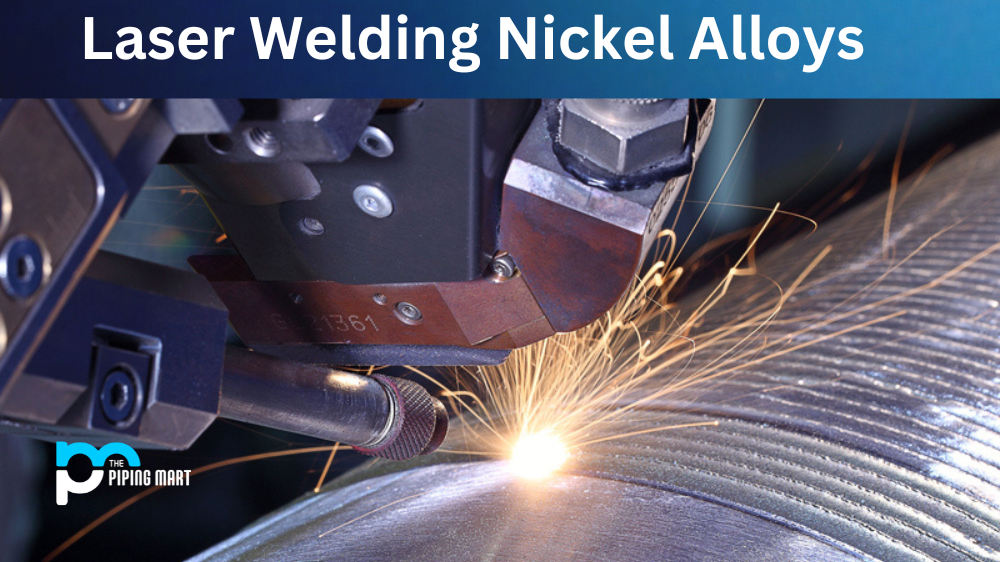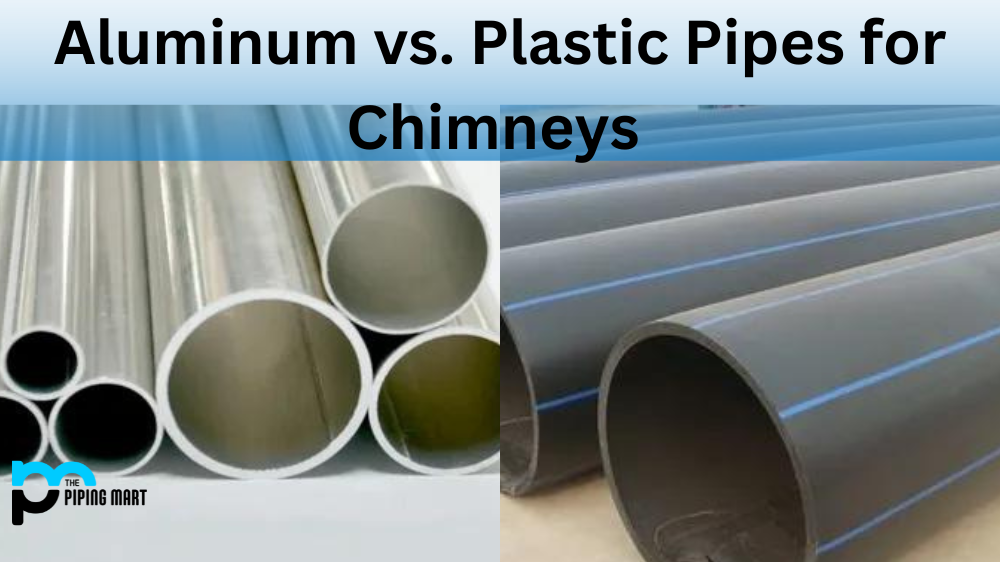Hard anodized and aluminium metal are popular materials used for various applications and products. But which one is better? In this blog, we will be looking at the pros and cons of each to help you make the best decision for your needs.
Hard Anodised Metal
Hard anodized metal is a type of aluminium alloy that has been treated with an electrochemical process to increase its strength and durability. It is much harder than regular aluminium, making it ideal for applications where high wear resistance is needed. It also resists corrosion better than regular aluminium, so that it can be used in corrosive environments without fear of damage or degradation. On the downside, hard anodized metals are more expensive than regular aluminium due to the additional costs associated with the electrochemical process.
Aluminium Metal
Aluminium metal is a lightweight material that is highly malleable and resistant to corrosion. It has excellent thermal conductivity, making it ideal for applications that require heat dissipation, such as electronics or machinery components. Aluminium is also relatively inexpensive compared to other metals such as steel or titanium, making it a popular choice for many projects on a budget. However, it is less solid or durable than hard anodized metal. It can easily be damaged by physical force or corrosion if not properly protected from harsh elements such as moisture or salt water.
Hard Anodised Metal vs Aluminium Metal – What’s the Difference
Aluminum and hard anodized aluminum may sound very similar, but they have some distinct differences that make them incompatible substitutes for each other in many cases. In general, aluminum is softer and cheaper than hard anodized aluminum, although hardening processes can make the former material as hard or harder than the latter. While hard anodized aluminium has significantly increased corrosion resistance compared to pure aluminium, it is also much more expensive to produce and has a lower thermal conductivity than its untreated counterpart. Ultimately, deciding between the two depends on preference and use-case since each has its purpose depending on the project.
- Aluminum is a naturally occurring element that is found in abundance in the earth’s crust. Hard anodized aluminum is a type of aluminum that has been treated with an electrical process to make it harder and more durable.
- Aluminum is a soft metal that is easily scratched and dented. Hard anodized aluminum is much more resistant to scratching and denting.
- Aluminum is a highly reactive metal that can corrode quickly when exposed to the elements. Hard anodized aluminum has a much higher resistance to corrosion.
- Aluminum is a relatively lightweight metal. Hard anodized aluminum is slightly heavier than aluminum, but it is still lighter than most other metals.
- Aluminum is widely used in a variety of applications, including cookware, food storage containers, and foil. Hard anodized aluminum is primarily used in industrial applications, such as in aircraft and automotive parts.
Conclusion:
Hard anodized and aluminium metal has unique benefits depending on your specific application needs. Hard anodized metal provides superior wear resistance and corrosion protection but comes at a higher cost due to its electrochemical treatment process. Aluminium metal, on the other hand, offers excellent thermal conductivity at an affordable price but lacks the durability of hard-anodized metals when exposed to harsh elements over time. Ultimately, it’s up to you to decide which material will work best for your particular project based on your budget, timeline, and application requirements. No matter what you choose, both materials provide excellent performance if used correctly!

A passionate metal industry expert and blogger. With over 5 years of experience in the field, Palak brings a wealth of knowledge and insight to her writing. Whether discussing the latest trends in the metal industry or sharing tips, she is dedicated to helping others succeed in the metal industry.




